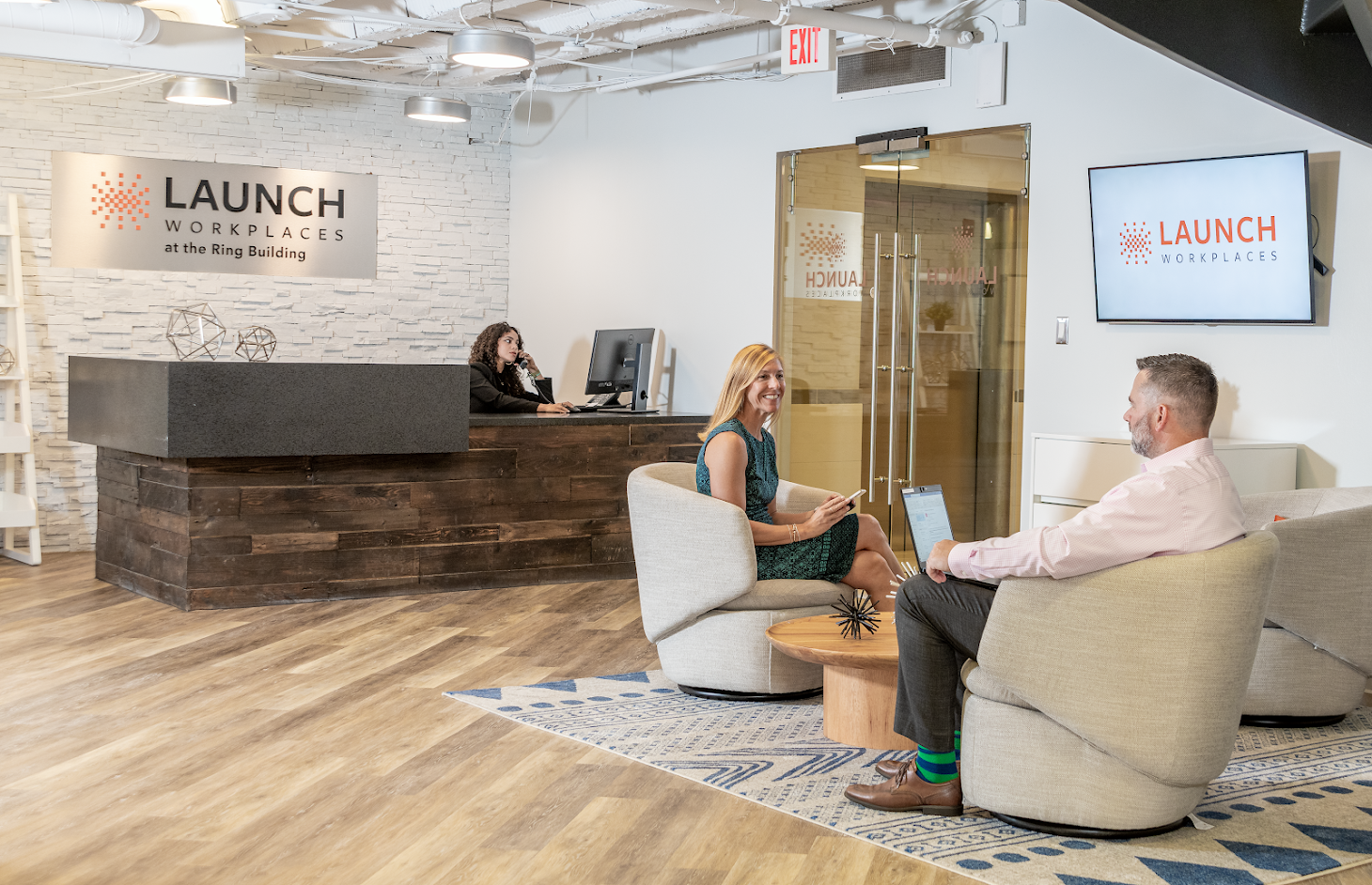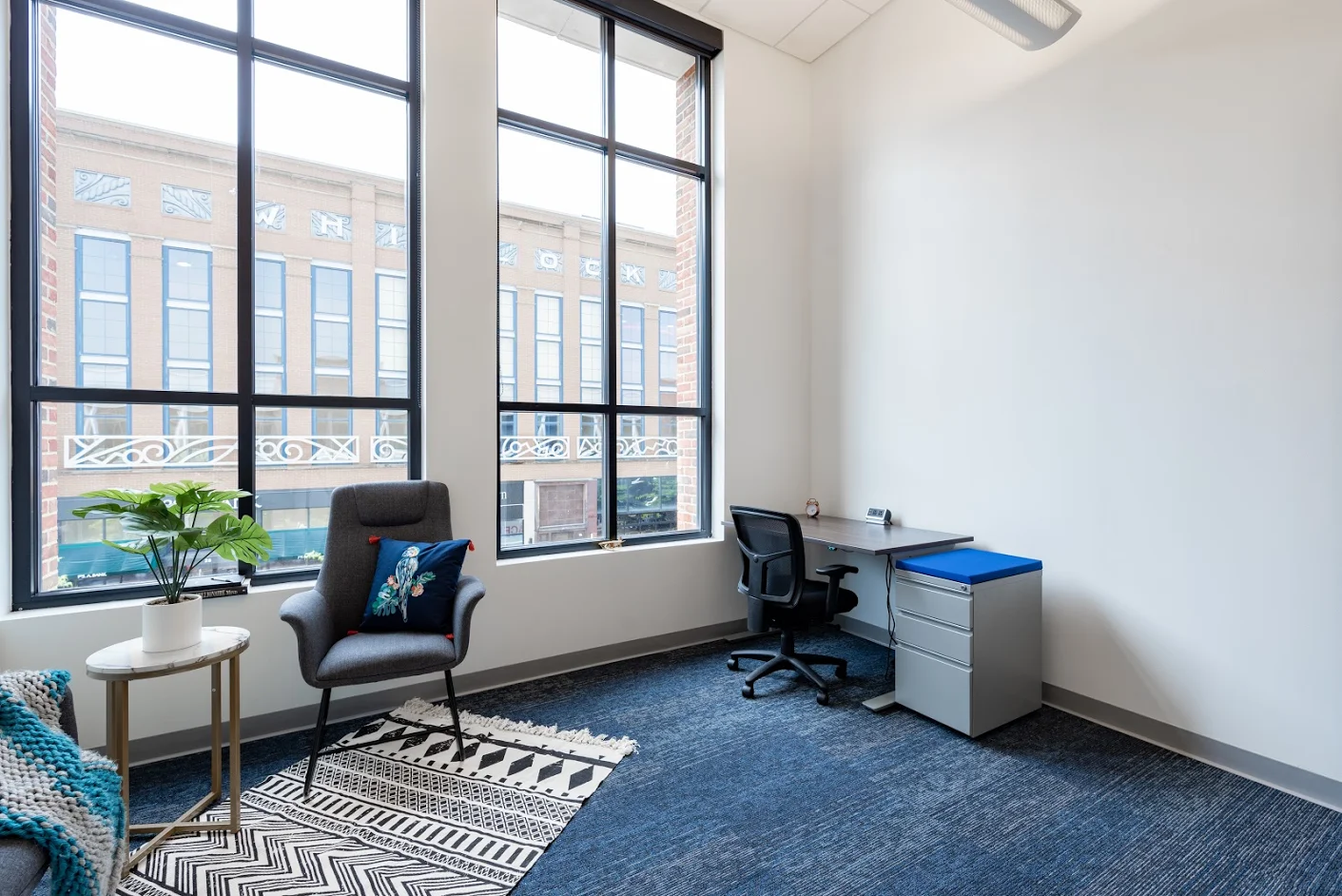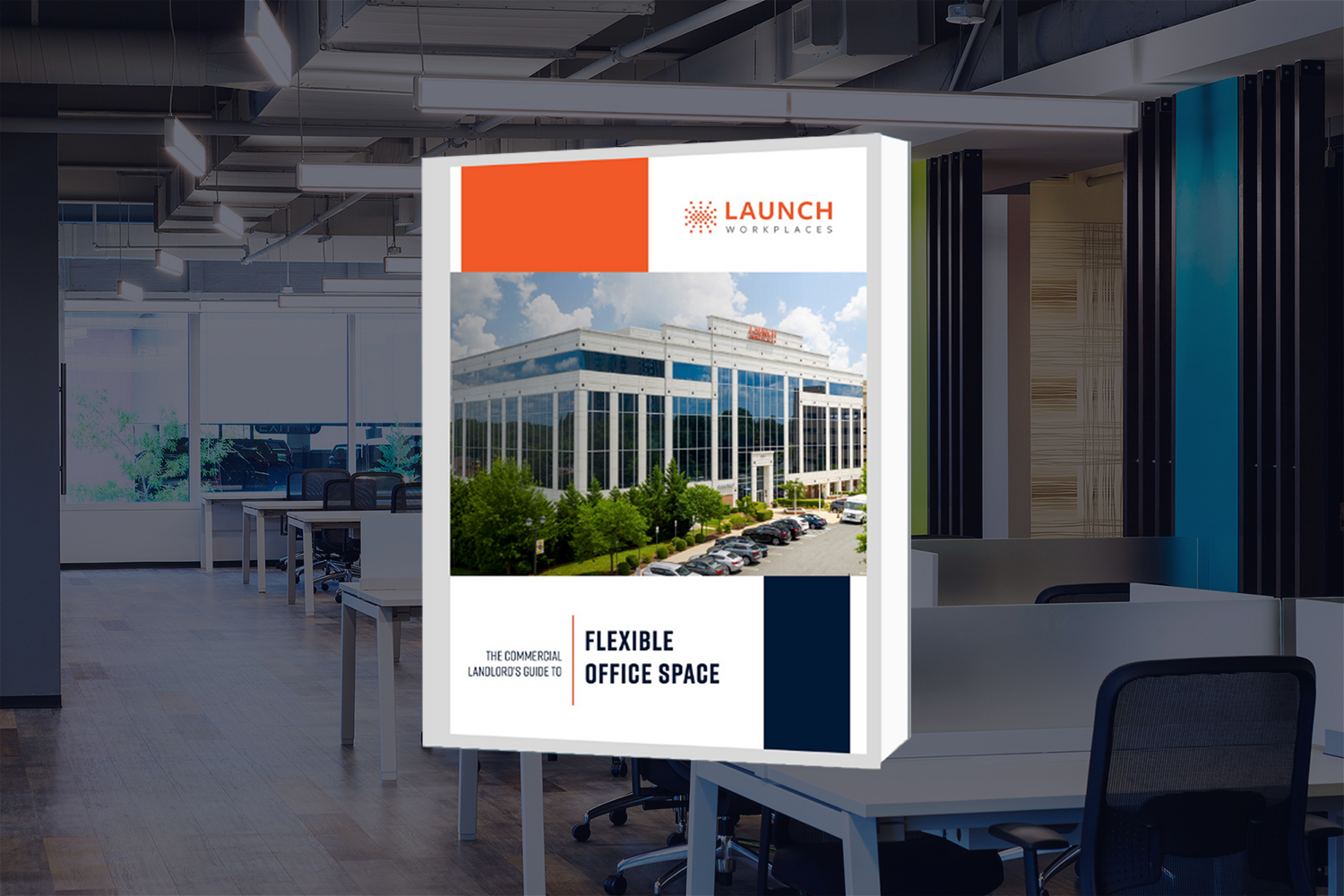In the last few years, a lot has changed in the way organizations view their offices. Once seen as essential, the office has now become more of a liability than an asset in the eyes of many businesses.
But it doesn’t have to be that way.
In this article, I’ll explain where things started, what’s different now, and how your office space can actually reduce workplace liability when it’s viewed through a more modern and flexible lens.
The Traditional Workspace Status Quo
Conventional wisdom has historically been that if you ran a business, you needed a space to do it, and you needed to located where the talent was.
Generally, you’d also probably opt to operate your business in the general vicinity of where you wanted to live.
And, as your company grew, you’d need–and be able to afford–a bigger and nicer space for your team.
That was the dream that many business owners aspired to.
So, you’d sign a long-term lease because the people who helped you find an office were telling you that’s where the best deals were: on a 10 or 15-year lease, you’d get a great concessions package, you’d get a few free months, and you’d start paying rent.
Then, eventually, if things go well, you’d be able to do the whole exercise over again.
But then COVID-19 emerged. And now, that old way of doing things is simply not the status quo anymore.

How Office Space Became a Workplace Liability
Since the pandemic forced many businesses to completely overhaul the way they operate, some feel the office has become more of a burden than a benefit.
In a time when uncertainty is the only certainty, a traditional lease simply doesn’t align with the demands of the market.
These days, many business owners are of the mind that just because their company is growing doesn’t mean they need more space than they currently have–it simply means their business is growing.
This is a huge shift.
Historically, the U.S. government would set trends over how many square feet of workspace was adequate per person.
This number used to be north of three hundred. Then, later on, it got down to around 120 square feet per person being reasonable.
But now, post-pandemic, remote work has become incredibly prominent. And, for companies that work together in-person, social distancing mandates meant we needed much more space between people in the office.
As the dust settles, there’s a growing sentiment that this will remain the norm as people aren’t comfortable being crammed into an office like sardines anymore.
When you couple this with the current conversations about what the real purpose of the modern office is and whether people even want to be in one, it’s clear that the whole dynamic has changed.
Instead of having a cubicle farm where 100 people are mandated to come in and work with their heads down, the focus has shifted to determining who needs to come into the office and when.
Given that most people can now work from almost anywhere, and are enjoying the ability to do so, business owners are mulling over what the environment should be within their workplaces–like transforming it into place where people come to when they need to collaborate, exchange culture, and mentor and motivate each other rather than one where people are forced to be.
And there’s a ton of new data showing that business owners are realizing that, rather than paying for 30,000 square feet of cubicle farm, they might only need 7,500 square feet with a lounge, flex areas, and collaboration space to support the new purpose of their office.
The traditional measure of a successful office–generally gauged by occupancy–has given way to the mindset that, if you reduce your space by 70% and utilize strategic scheduling, your space could still have 90% occupancy but that occupancy would focus on international time, not idle time.
Many business owners are wondering why they’d ever pay huge sums of money for massive workspaces on long leases when their entire approach to work is on the verge of a significant change.
In a traditional capacity–long leases, high prices, and a general lack of modern utility–the office as we once knew it has become a liability for businesses: you could be looking at committing millions of dollars over the next 10 to 15 years based on your projections of what the future holds.
And if you’re wrong, what are you going to do?

How Flexible Office Space Reduces Workplace Liability
The reality is that this new way of working doesn’t lend itself to a traditional office lease.
Business owners are unsure what the future holds, what their competitors are doing, and what the return to work actually looks like in the long run.
Everything appears to be in a state of flux, and the majority of people don’t want to return to work in the same capacity they were pre-pandemic.
Flexible office space gives you the ability to expand or contract your workspace with your business needs rather than locking you into a contract you can’t get out of for many, many years.
It also provides your employees with an environment where they want to be.
None of us have a crystal ball about what the future of work looks like. But given that fact, wouldn’t you rather be agile rather than locking yourself into something you can’t get out of?
In my opinion, the smart money is on flexibility over the old way of doing things.
If you want to learn more about how how to make your workspace work for you, get in touch with me today. I’d be happy to talk you through the benefits it can offer you.




